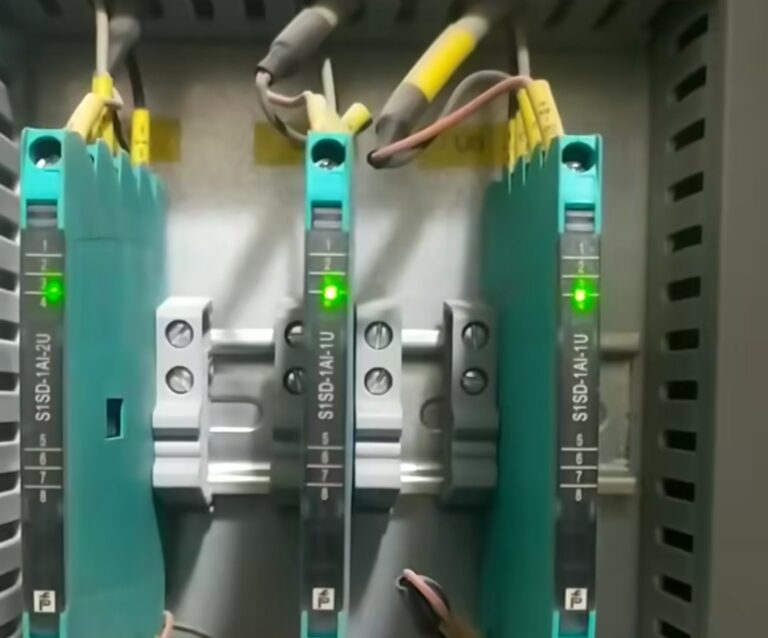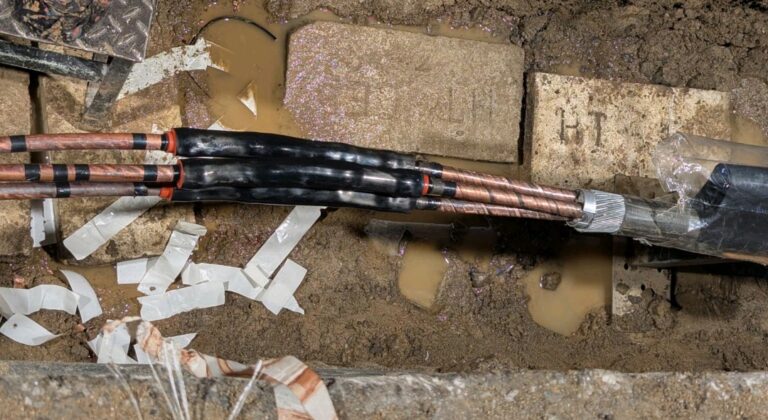The Power transmission line protection is essential for ensuring the reliable and safe operation of power systems. Protection systems are designed to detect and isolate faults on transmission lines to prevent damage to equipment, maintain stability, and ensure safety. Here are some common aspects and components of transmission line protection: –
1. Types of Faults
Single-Line-to-Ground Fault: Occurs when one conductor touches the ground.
Line-to-Line Fault: A fault between two conductors.
Double Line-to-Ground Fault: When two conductors touch the ground simultaneously.
Three-Phase Fault: Involves all three phases and is usually severe.
2. Protection Schemes:
Distance Protection: Measures the impedance between the relay location and the fault. If impedance falls below a certain threshold, a fault is indicated.
Differential Protection: Compares the current entering and leaving a protected section. If there is a difference, a fault is assumed.
Directional Overcurrent Protection: Determines the direction of the fault current, useful for identifying faults in radial networks.
Pilot Protection: Uses communication channels between terminals to protect long transmission lines (e.g., current differential and phase comparison methods).
3. Relay Types
Electromechanical Relays: Older technology using mechanical components, which is gradually being replaced.
Static Relays: Use solid-state components, faster than electromechanical relays but less advanced than digital relays.
Digital and Numerical Relays: Based on microprocessors, offering high accuracy, advanced communication, self-diagnostics, and programmability.
4. Fault Detection and Clearing Fault Detection:
Relays detect abnormal conditions and send a trip signal to circuit breakers. Circuit Breakers: Disengage the faulty line section to isolate the fault. Common types include air, vacuum, oil, and SF6 circuit breakers.
Reclosing:-
Automatic reclosing temporarily restores power after an interruption, which is beneficial in cases of transient faults.
5. Communication in Protection Systems:
Fiber Optic Channels:Used for high-speed communication between relays at different ends of the line.
PLC (Power Line Carrier):Uses the transmission line itself to transmit signals for protection and control.
SCADA Integration:Allows real-time monitoring and control of protective devices across the grid.
6. Challenges in Transmission Line Protection:
High Impedance Faults:Can be difficult to detect as they produce small fault currents.
Power Swings:Can mimic fault conditions and lead to false trips; protection schemes are designed to differentiate between faults and swings
.Changing Grid Dynamics:Increased renewable integration and load variations require adaptive protection schemes.

